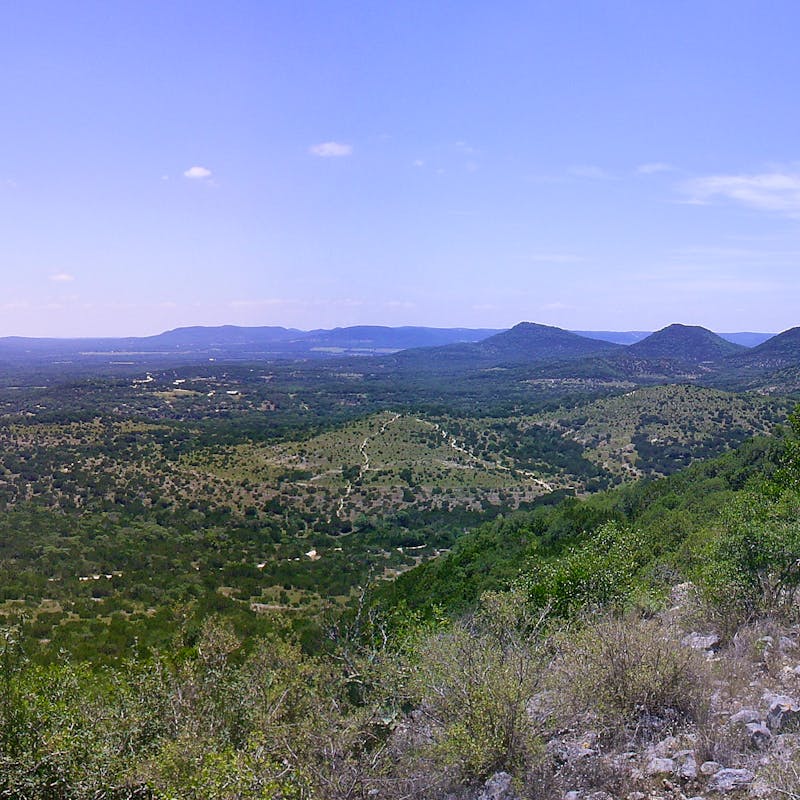This article was first published at the Austin Free Press. Here it is there: Beaks vs. bills: Hill Country junipers and warblers notch Texas legislative victory | Austin Free Press
Two species of Austin-area residents won a big victory this week, when the Texas legislative clock ran out on bills to authorize private landowners to remove Ashe juniper trees without local-government interference.
This was a win for Ashe juniper trees, as well as for the Hill Country’s endangered golden-cheeked warblers, which use the juniper’s ribbon-like bark to build their nests.
Advocating her House Bill 3798 in the Austin Free Press, local state Rep. Ellen Troxclair (R-Lakeway) — a former member of the Austin City Council — presented the measure as a common-sense, property-rights protection, without any mention of the warblers. As the extinction clock ran out for Troxclair’s bill in the House, advocates pinned their hopes on its Senate companion bill (SB 1927), which similarly died this week. It’s possible that the deaths of those bills will enable the survival of the golden-cheeked warbler.
Ashe juniper is the difference between survival and extinction for the federally endangered golden-cheeked warbler. These songbirds depend on old-growth Ashe juniper trees to build their nests and raise their young. Meanwhile, HB 3798 levied a false attack on a vital part of our Central Texas ecosystem.
The largest population of Ashe junipers is found in our beloved Texas Hill Country. When allowed to mature, Ashe junipers are natural sinks that capture and store water deep in the soil — stabilizing watersheds like Barton Springs and supporting the region’s water quality and availability.
These native trees are not only critical to our watersheds, but also to golden-cheeked warblers, whose nesting grounds are entirely dependent on old-growth Ashe juniper trees. Without the Ashe juniper, golden-cheeked warblers will go extinct.
Key protected habitats like the Balcones Canyonlands Preserve, Government Canyon State Natural Area, and Fort Cavazos continue to serve as vital refuges for these trees and warblers. However, 98 percent of the warbler’s range occurs on private land. This statistic highlights the crucial importance of protecting Ashe junipers on private property. By contrast, HB 3798 sought to strip away the limited protections that do exist for Ashe juniper on private lands.
Using the same model that the U.S. Fish and Wildlife Service used when it proposed downlisting the warbler from “endangered” to “threatened” this year, research by Leticia Santillana at the University of Washington suggests that any Ashe juniper losses are a loss for the warbler. Her research found that even modest Ashe juniper reductions could result in a warbler population decrease of more than 51 percent. In the worst-case scenarios, involving habitat losses, shifting weather patterns, and other external stressors, she projected warbler populations would decline 94 percent by 2090.
HB 3798 would have piled on yet another threat to the already uncertain, intertwined futures of the Ashe juniper and warbler. We can and must choose a better path — one that doesn’t sacrifice our water quality and stability, as well as an irreplaceable species found only in this small, wild stretch of Texas.






